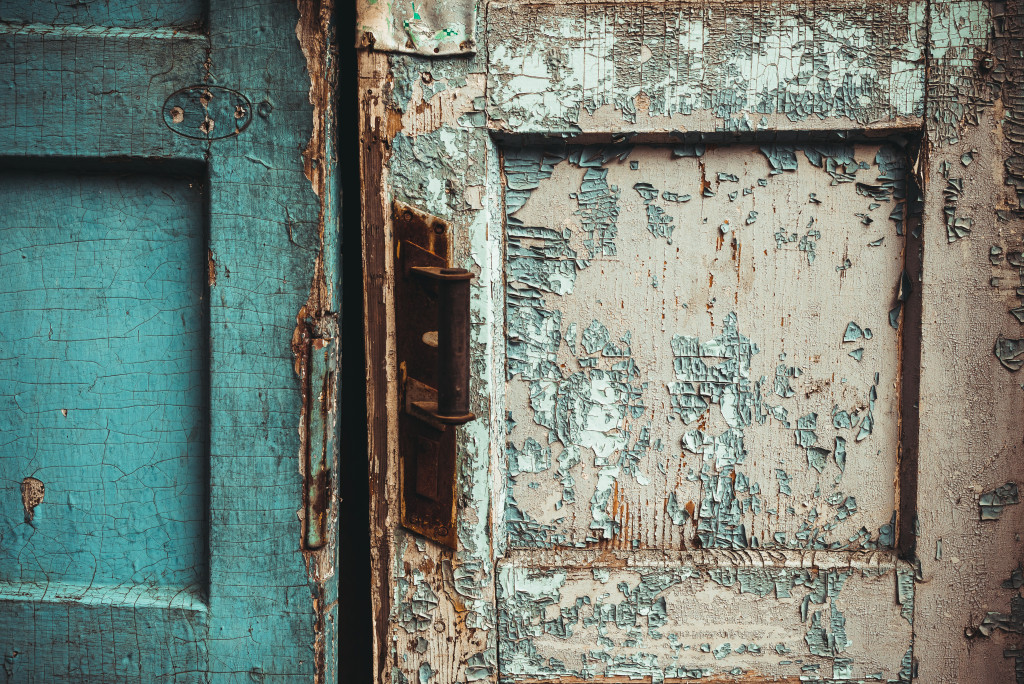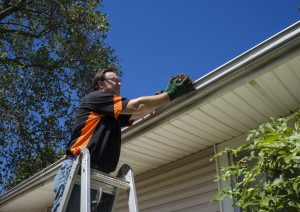• Aging homes can pose a risk to their inhabitants and are estimated to affect 10 million U.S. households.
• Drafty windows and doors, peeling paint, worn-out flooring, and outdated fixtures are all signs of an aging home.
• Electrical safety should also be considered when assessing a home’s age, and any issues should be taken care of immediately.
• Renovating an older home can help to extend its life and bring it up to modern standards.
• Investing in quality materials when renovating is important for ensuring your home looks great and lasts longer.
Aging homes are a growing problem in the U.S. It’s estimated that about ten million homes are considered to be old. These homes pose a risk to both owners and their families. Here’s what you need to know about them.
Signs of an Aging Home
Aging homes can be problematic, but it can be harder to gauge exactly how much time has passed since the last time you gave proper attention to its upkeep. To help you understand when your home might need some TLC, here are four signs indicating its age.
Drafty Windows and Doors
Drafty windows and doors are the most obvious signs of an aging home. While some air exchange is necessary for good ventilation, too much airflow means your heating and cooling system must work harder—and longer—to maintain a comfortable temperature throughout your home.
Drafty windows and doors can also indicate underlying structural damage caused by water infiltration or settling foundations; both problems should be addressed sooner rather than later for the health and safety of your family.

Peeling Paint
Is the paint peeling off your walls? Does it look dull or faded? If so, then it may be time for a fresh coat! Not only does peeling paint make a room look shabby and dated, but it could lead to even more serious problems like mold growth or wood rot if left unchecked. Whether you plan on tackling this job or hiring a professional painter, don’t wait too long before addressing this issue.
Worn-Out Flooring
Nothing makes a room look older than ripped carpeting or dingy linoleum floors. Make sure that all flooring surfaces throughout the home are in good condition; if not, consider replacing them with something more modern and stylish. New flooring will bring an updated look to any space and add value to your property overall!
Outdated Fixtures
Fixtures like doorknobs, lighting fixtures, cabinet handles, etc., can easily become outdated as fashion trends come in and out of style. As such, taking a few minutes every now and again to update these fixtures can make any room look fresher and more modern—without having to commit too much time or money in the process!
Electrical Problems
Older homes may not have up-to-date electrical wiring systems – this can be a serious safety hazard if left unchecked! Keep an eye out for flickering lights or unusual noises coming from outlets; these are usually indicators that something isn’t quite right with the wiring system in your home. If you notice any electrical problems, it’s best to contact a professional immediately for assistance – playing with wires can be extremely dangerous!
Flipping Your Old Home
If your home is experiencing the problems above, it might be time to renovate it fully. Here’s how to get started.

Start With the Flooring
It might be good to start with the flooring. This will give you a good baseline for the rest of your renovation. You can choose from various flooring types, such as carpet, hardwood, tile, or laminate. Each has its benefits and drawbacks, so make sure to do some research before picking one!
If you think you can still use your old flooring, it might be smart to get them repaired instead. You can hire a tile repair service to help you with this. This can make a huge difference in your budget and overall renovation.
Update the Windows and Doors
Windows and doors can be a major source of energy loss in any home, so it’s important to ensure they are up-to-date. Older windows may not have the proper insulation or fit snugly, which can cause drafts and higher heating bills during the winter months.
Invest in Quality Materials
When it comes to remodeling, you want to invest in quality materials that will last a long time. Spending more upfront on sturdy, durable items can save you money and hassle. Make sure to choose materials compatible with your home’s style and age, so they blend in seamlessly.
Old homes are charming and can be an excellent investment if well-maintained. If you recognize the signs that your home is aging, it’s important to take action quickly to address any problems so your family can live comfortably in their beloved home for many years to come!






